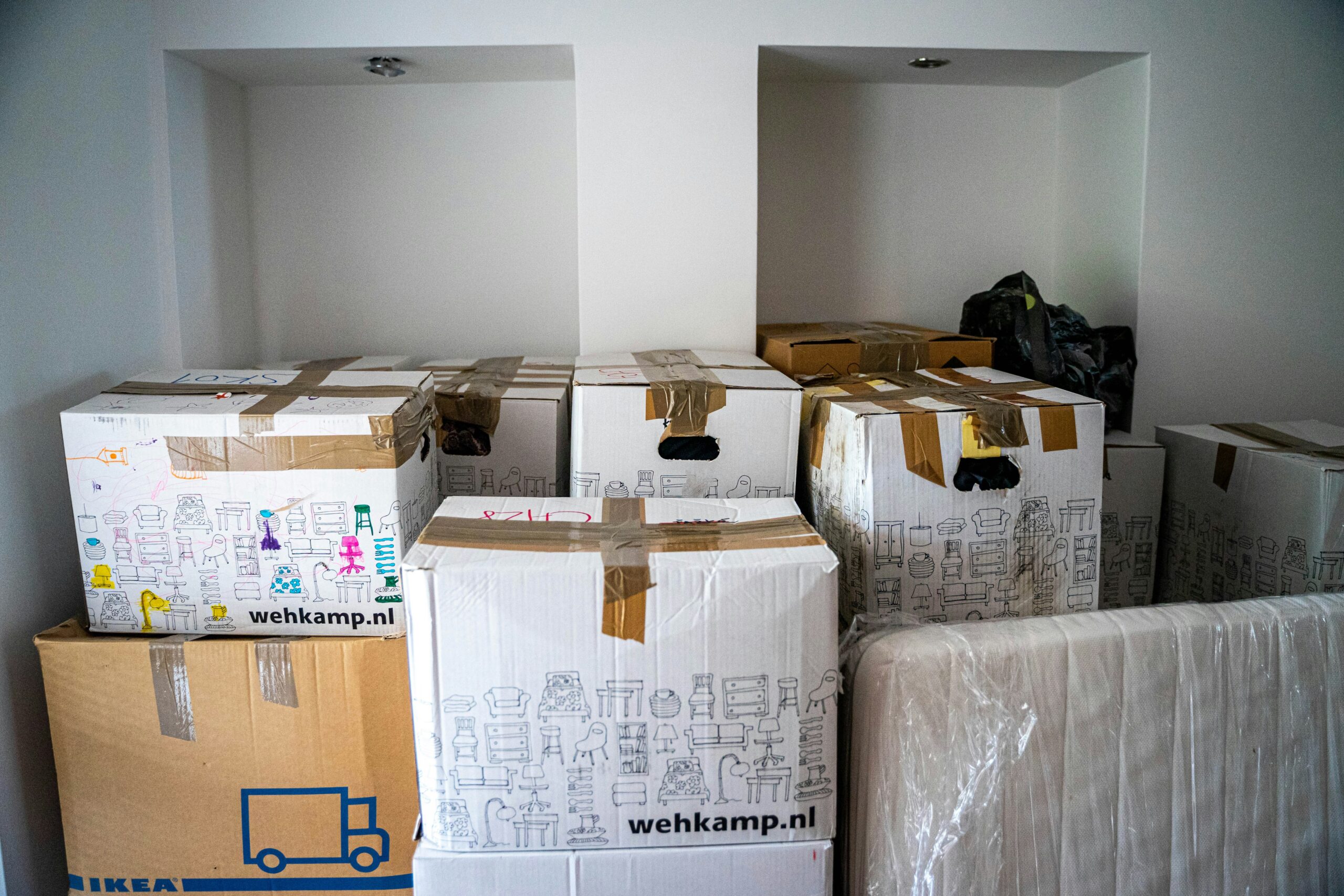Communities situated along rivers, floodplains, low-lying coastlines, in severely drought-affected areas, and in regions confronting extreme heat and bushfires are all facing escalating risks due to climate change. Even if we stop emitting greenhouse gases tomorrow, some parts of Australia will become unliveable due to repeated hazards.
Between 2008 and 2022, there were approximately 243,000 internal displacements across Australia due to disasters. These include the Grantham and Lockyer Valley floods in 2011, the Black Summer Bushfires of 2019-20, and the NSW Northern Rivers floods in 2022. These relocations were forced following a disaster. Forced relocation is costly and will invariably result in more deaths, injuries, and property damage. In contrast, decisions made pre-emptively lead to better outcomes overall.
In the coming decades, more and more Australian communities will require partial or total relocation due to climate impacts. Unless the economic and social impediments to community participation are adequately addressed, some properties and people will remain in unsafe places. This underlines the need to work with communities to develop relocation plans.
The logistical process will be complex.
A new site will need to be established before the migration takes place, and sophisticated supply chains will need to ensure all items are delivered to the right locations in a timely way.
New housing, facilities, services and infrastructure will require materials, skills and equipment. This is challenging, coming at a time when Australia is already experiencing a shortage of housing, tradespersons and materials.
All of this presents significant challenges for policymakers seeking to support affected communities.
Research led by ANU suggests a new National Relocation Strategy would help.
The strategy would facilitate the relocation process while prioritising the safety, dignity and agency of people and communities.
It could be spearheaded and executed by a new National Relocation Authority which would collaborate with, coordinate and support states, territories, local authorities, communities and First Nations peoples throughout the relocation process.
The Authority would also establish registers of public and private sector resources, infrastructure, available land, machinery and equipment, and supply chains relevant for planned relocation.
It would collaborate closely with the Australian Climate Service, the National Emergency Management Agency, and state and local governments to identify the most vulnerable communities. And it would establish a framework to streamline relocation planning, expertise sharing and resource allocation.
The strategy would need input from affected communities, First Nations peoples, industry professionals, governance at all levels, humanitarian organisations, and researchers. Its relocation guidelines would learn from relevant international examples.
Although relocation will unfold over the coming decades, taking action now to develop and implement a national strategy will be more effective and efficient. It will result in far less trauma than a recovery-led relocation approach.



